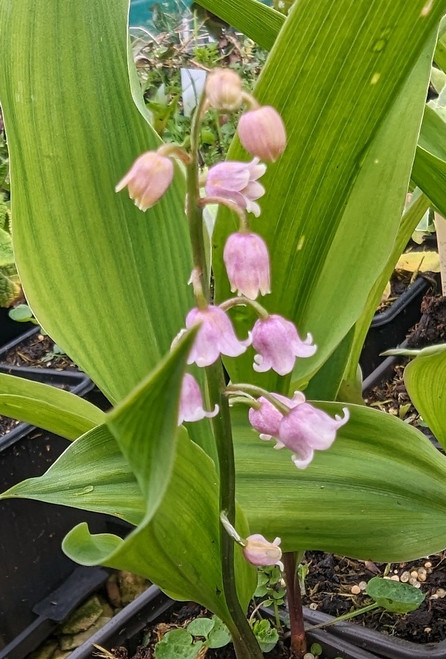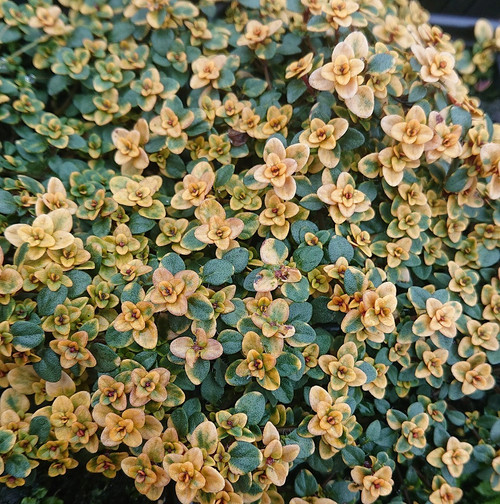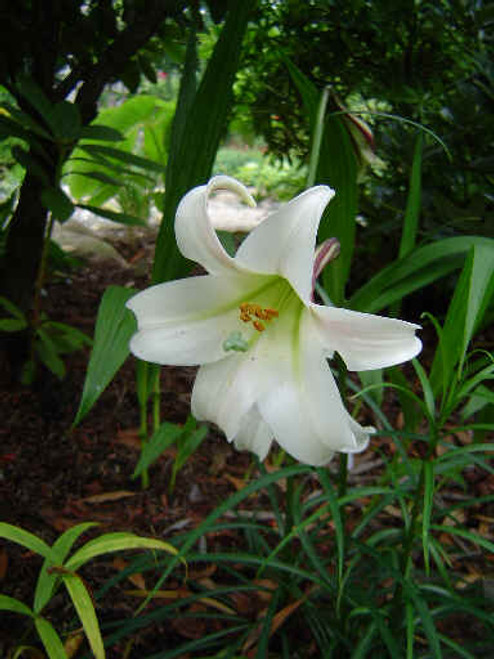Plant Overview
A native plant, but now very rare in the wild. Lily of the Valley has many creamy drooping bells from late spring, which are deliciously scented. Small red berries follow the flowers in September on established plants.
Plant in dappled, or full shade and the plant will spread to form a good sized clump. Excellent for underplanting trees and shrubs.
Makes an excellent cut flower. Awarded the RHS Award for Garden Merit.
Lily of the valley was Queen Elizabeth II's favourite flower and featured in Her Majesty’s coronation bouquet.
Height and Spread: 25cm x 45cm
Common name(s): Lily of the Valley; May Lily; Wood Lily; Our Lady's Tears; Dangle Bells; Ladies Tears; White Bells.
History & Tradition
The floures of the Valley Lillie distilled with a little wine, and drunke the quantitie of a spoonful, restore speech unto those that have the dumb palsie and that are falne into the Apoplexie, and are good against the gout and comfort the heart. Gerards Herbal (1597) (Do not try this as the plant is poisonous if eaten).
One legend, from Sussex, explains that St Leonard fought a great dragon called Malitia in the woods near Horsham. He eventually beheaded the beast after many hours of combat, but received several terrible wounds during the battle. Throughout the woods, lily of the valley sprang up wherever his blood had fallen. The woods, called St Leonard's Forest, were carpeted with the flowers.
Please note: Poisonous if eaten. Plants may be summer or winter dormant when received but can be planted at any time.
Photo: Ivar Leidus, CC BY-SA 4.0, via Wikimedia Commons








